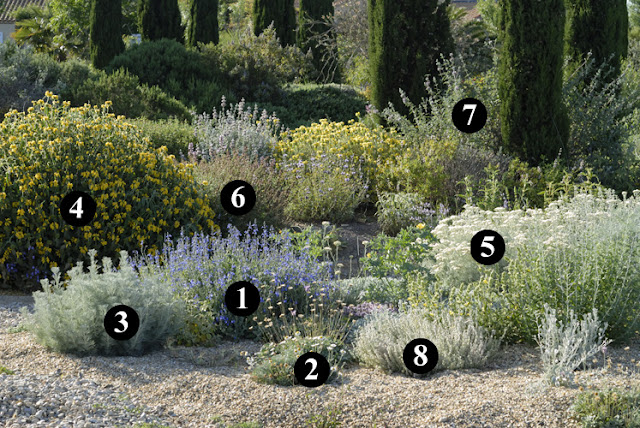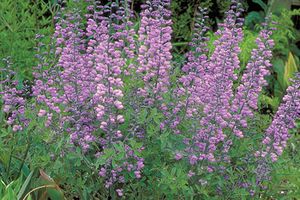An interview with Kim Wilkie, Land Sculptor
 |
| Kim Wilkie - Boughton House |
Kim Wilkie is one of my favorite landscape artists. Hailing from England, he studied at Oxford University where he discovered that there
was such a thing as ‘landscape architecture’ in his last year of pursuing a history degree.
 |
| Kim Wilkie |
Wilkie says discovering this profession “came as a thunderbolt…”
and his captivating book, Led by the Land (Frances Lincoln Limited, © 2012), reminds us that landscape design delves as deeply into our
psyche as any other of the arts.
 |
| Led by the Land |
I saw Wilkie speak at New York Botanical Garden a few years ago. I learned then that he is a man of deep thoughts with a solid terrestrial connection.
From the elliptical pool that he designed for the Victoria & Albert museum to his grass amphitheater divided by a zig zag path at The Holt, Wilkie exhibits a
contemporary sensibility using earthwork, shape and line as his palette.
His symbolic landscape at Boughton House is a perfect example of
this. This memorable landscape is described by Wilkie as “a garden of land and water; avenues and vistas;
rhythm and reflection.” It features an upside down ziggurat, 23 feet deep, which
holds a pool of water that mirrors the sky. People can descend via a spiraling
grass path.
| Kim Wilkie Boughton House 2 |
I interviewed him via email – here is what I learned:
1. How did you come to landscape architectue as a profession? And when?
I hadn't even heard of landscape architecture until I was 21 and
working in Iran as a journalist covering environmental projects. I couldn't
believe that everything I loved - land, architecture, anthropology,
biology…mud, plants - was all rolled into one profession. It took a while to
adjust, raise the funds and start my education all over again, but it was worth
it. Good to discover some of the best surprises later in life.
2. What
things have inspired you?
I'm afraid this is a question that rather defeats me. Being
alive at all is quite an inspiration…. My tap root is deep in our small farm.
3. The ‘philosophy’ page on your website is full of fascinating quotations
and excerpts. Can you choose one and tell us how it speaks to you as a
landscape designer?
I guess Alexander Pope is the key. He understood that design
must respond to the essence of a place and the stories and needs of the people
and wildlife in it. '..the Beauties not forced into it, but resulting from it’
I feel quite strongly that landscape architecture is a major responsibility. It
concerns our stewardship of the land. Art installations are something else.
| Longwood Gardens - photo by Laura McKillop |
4. You are known for ‘sculpting the land’. How did this evolve and would you consider this your primary focus?
The British landscape tradition of land sculpting is embedded in
the soil, the climate, the low light and the culture from pre-history. I am
just another designer in that chain of evolving tradition. It isn't my primary
focus, but it is great fun.
5. Can you describe your office or wherever it is that you work?
I now work from our family farm. My studio is in a big
19th-century barn that looks out through an orchard to the pasture where the
longhorns graze and where my dog is buried in a grass mound. There is a big
fire in the winter and in the summer all the doors are open so that the dogs,
chickens, swallows and bees saunter through at will.
6. In your talk at NY Botanical Garden a few winters ago winter you had some wise words
for designers. You said that the "notion that you have to invent afresh is
daunting and hubristic” and that we should discard this idea. Can you elaborate on this?
It would be a lonely world if we were isolated designers trying
to reinvent everything completely. It seems more realistic to see ourselves as
part of a rich tradition that we try to understand, adapt and give a fresh
spin. We have such depth of language, culture and subtleties of how we relate
to the land that it makes designing a very warm, sociable and continuing
contribution to how we live.
Bravo, Kim Wilkie! I quite agree.











Comments
Post a Comment
Hi there! I would love to hear from you....